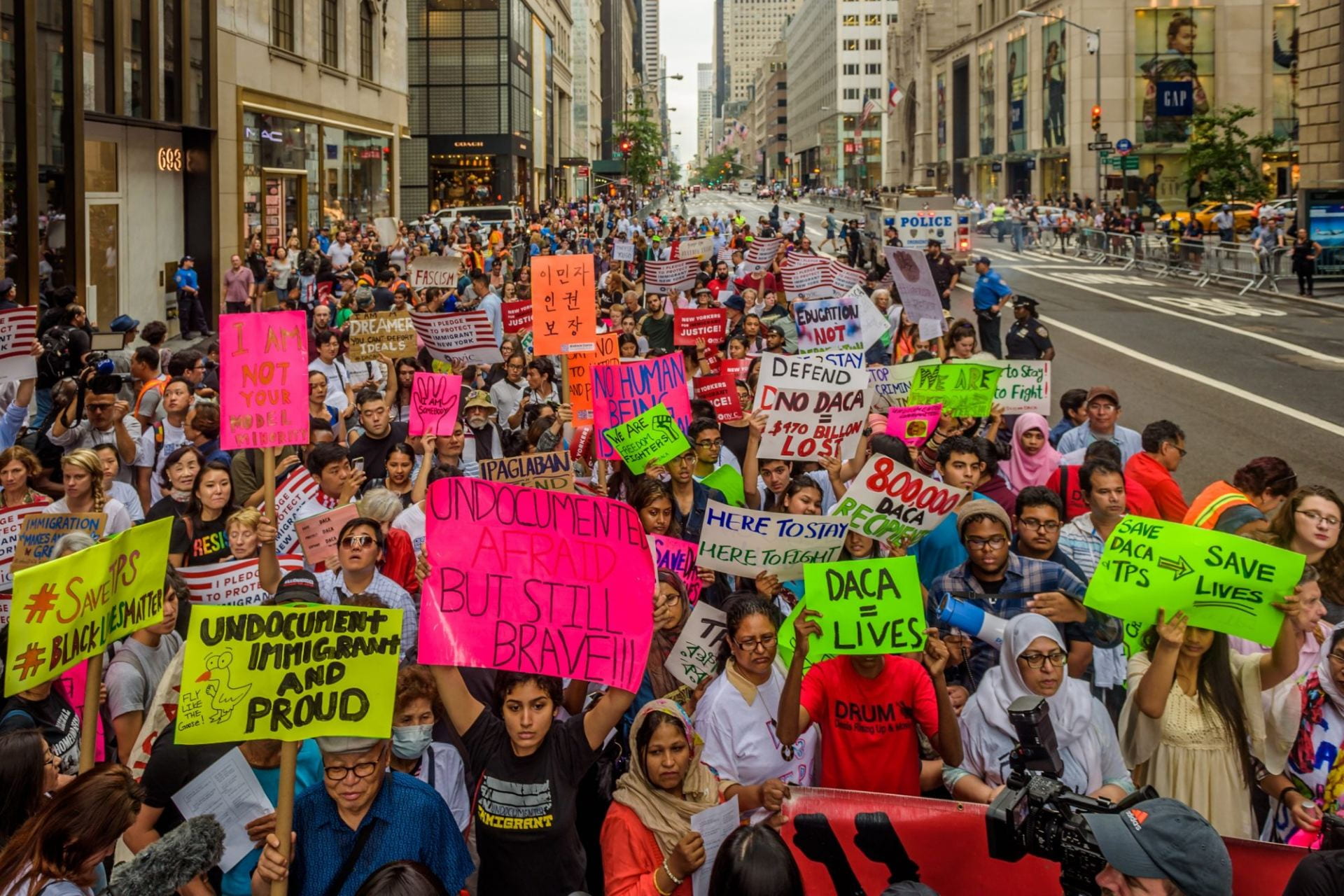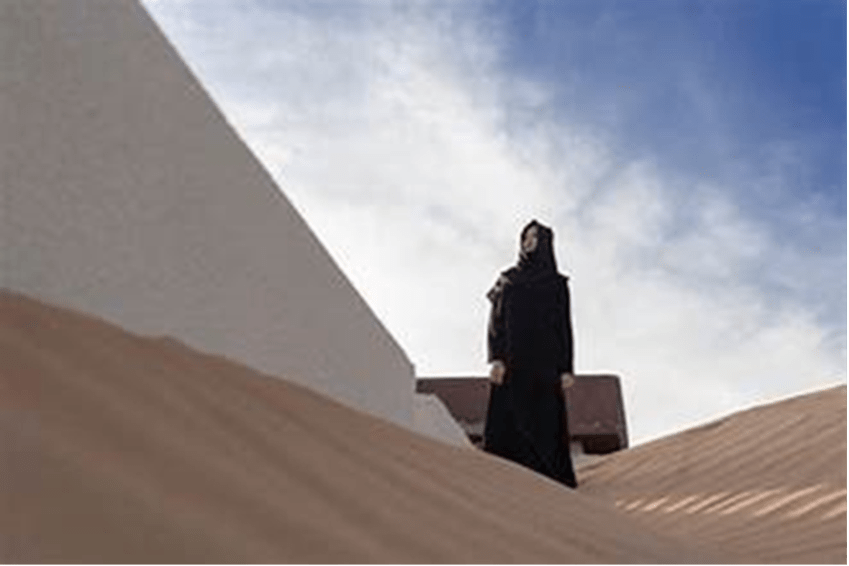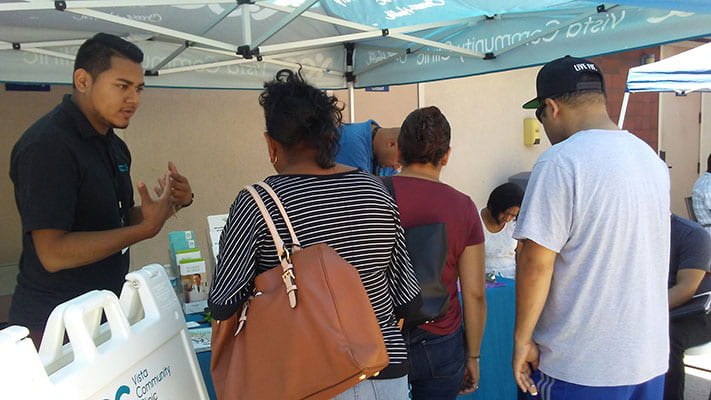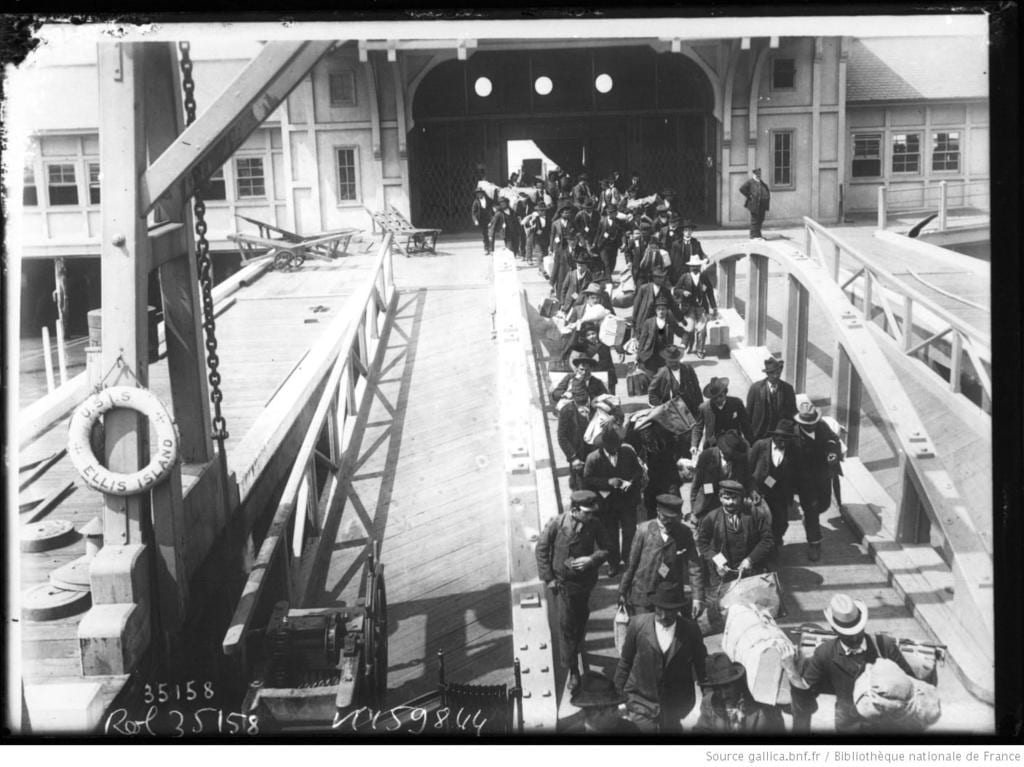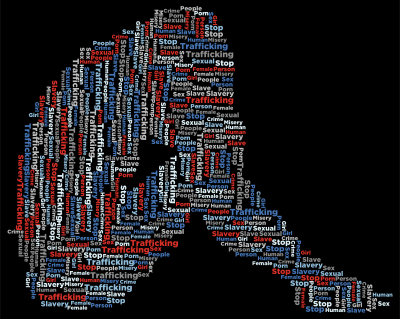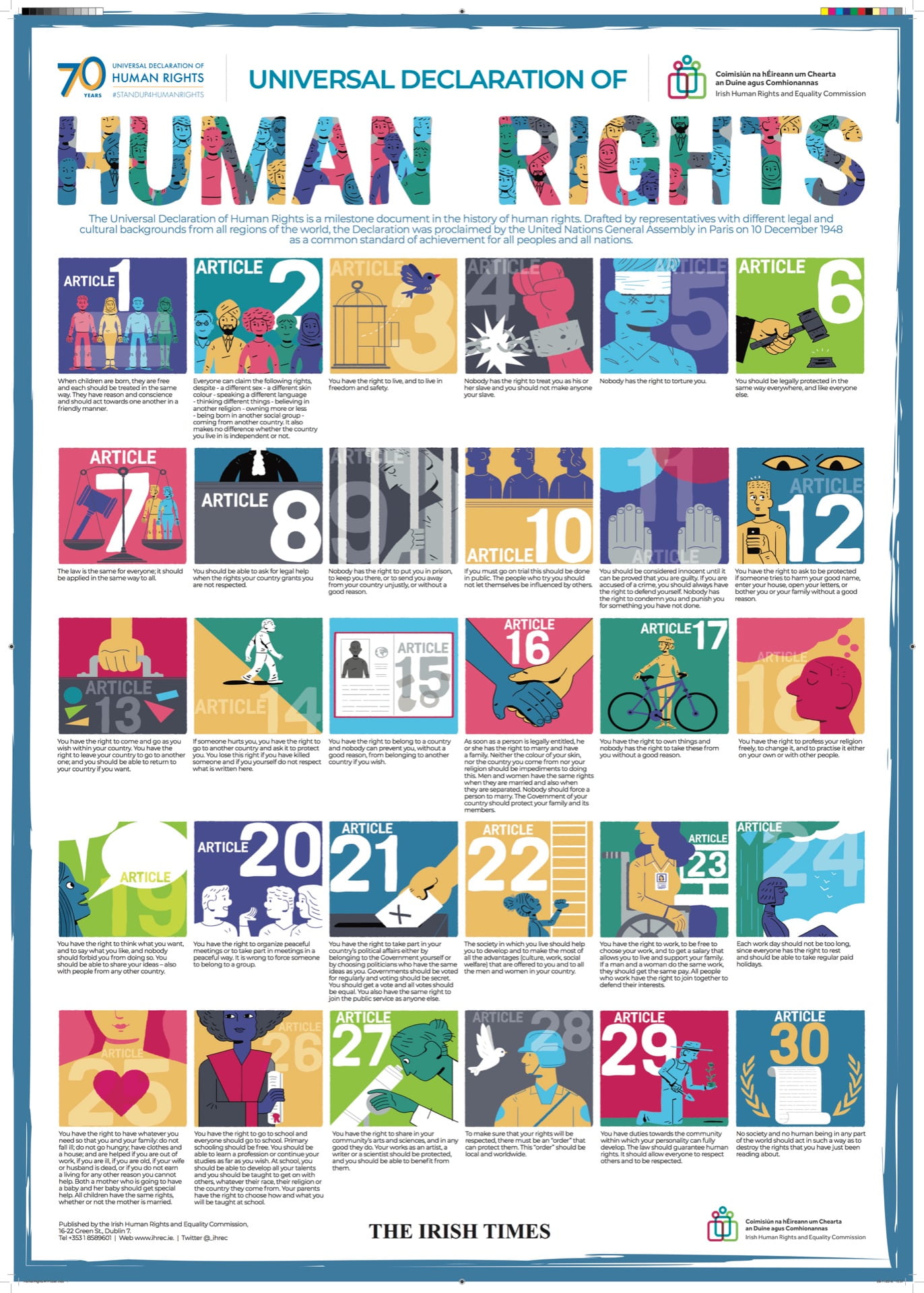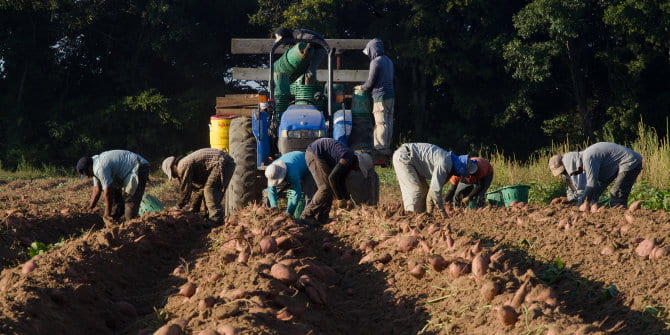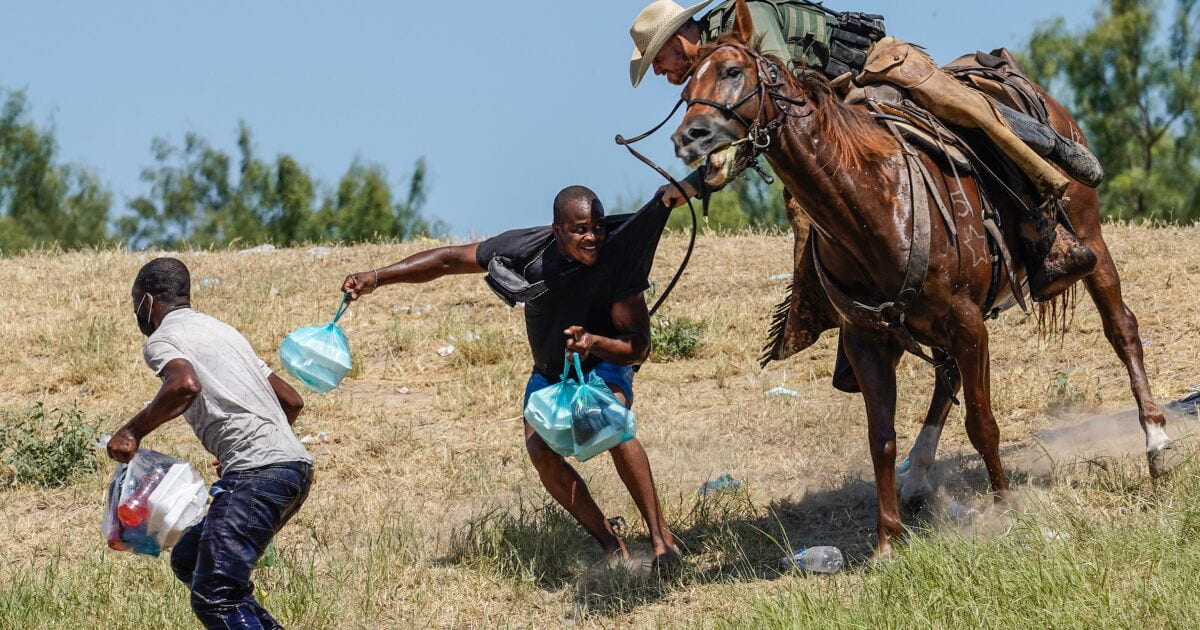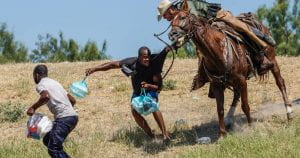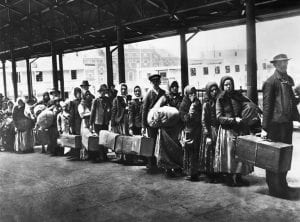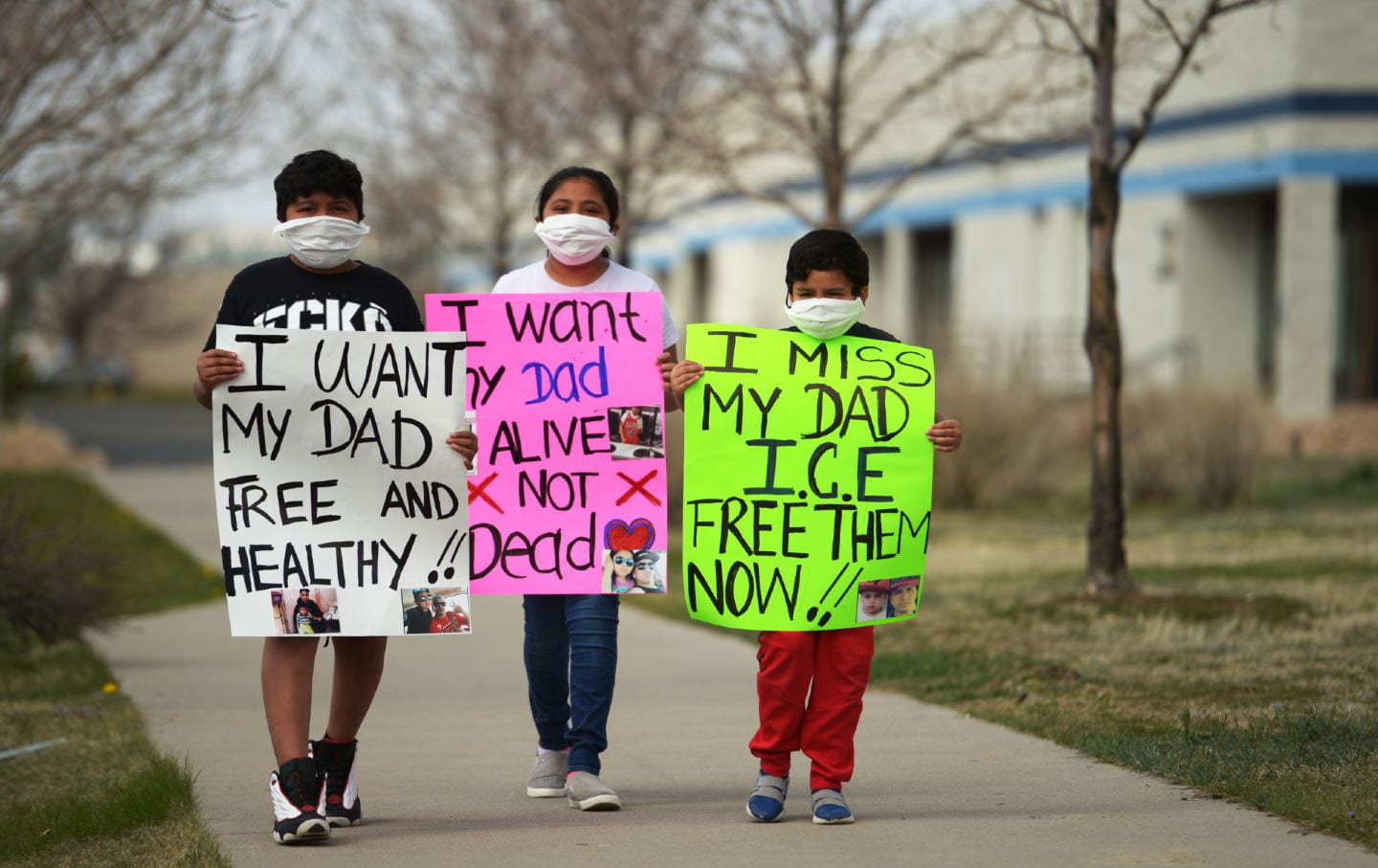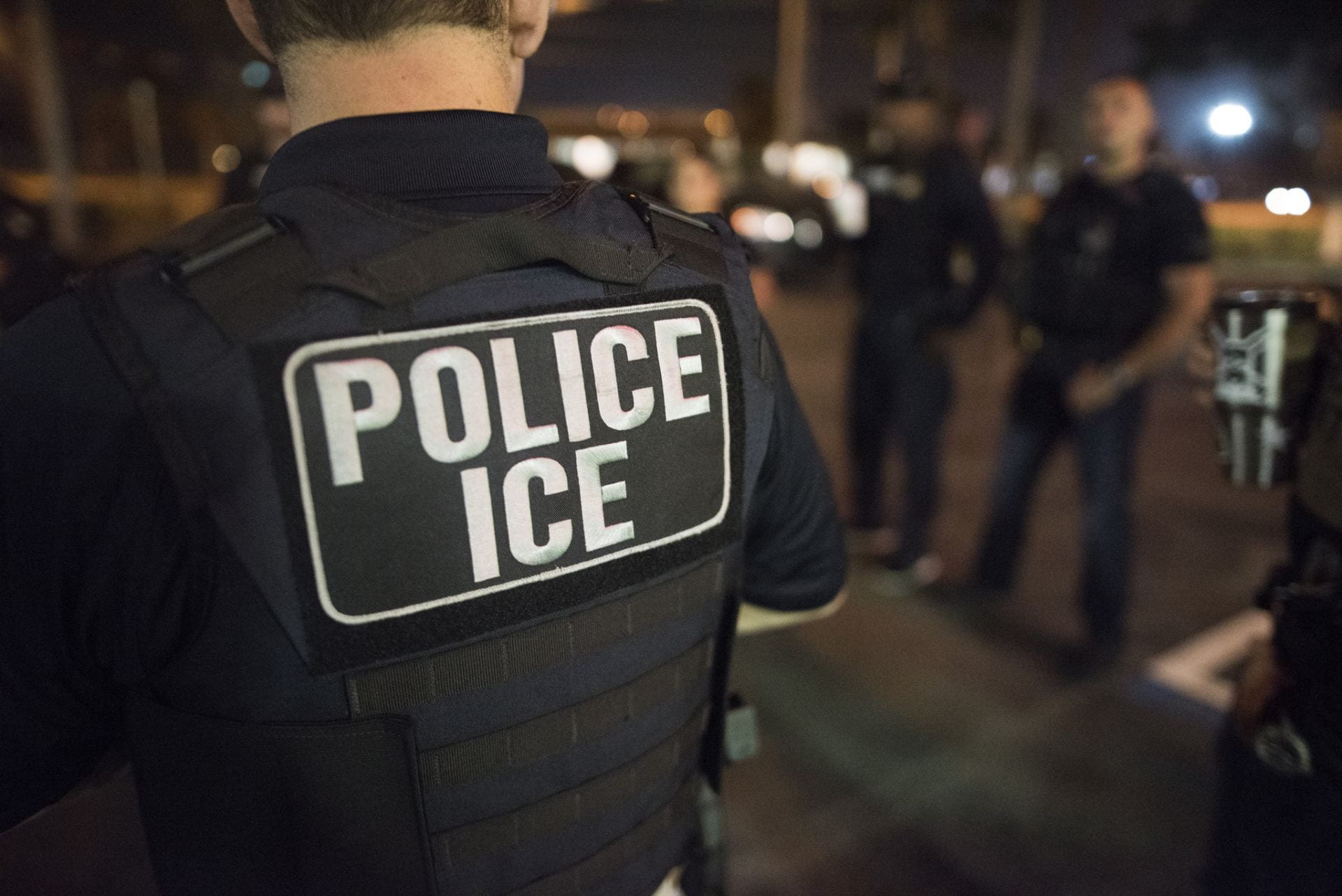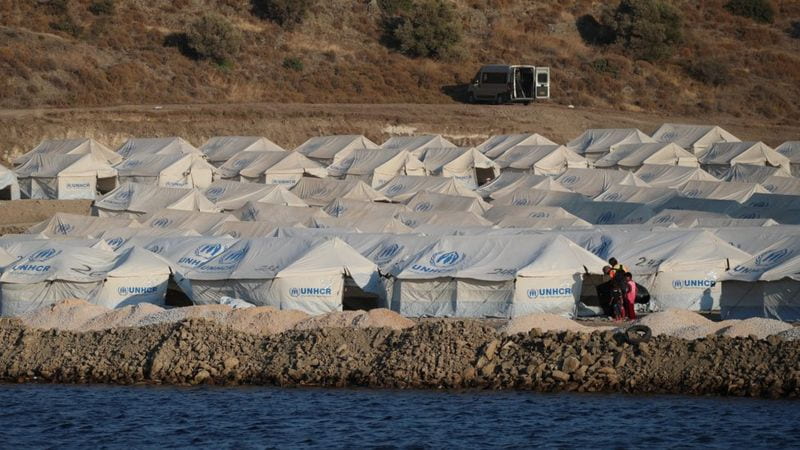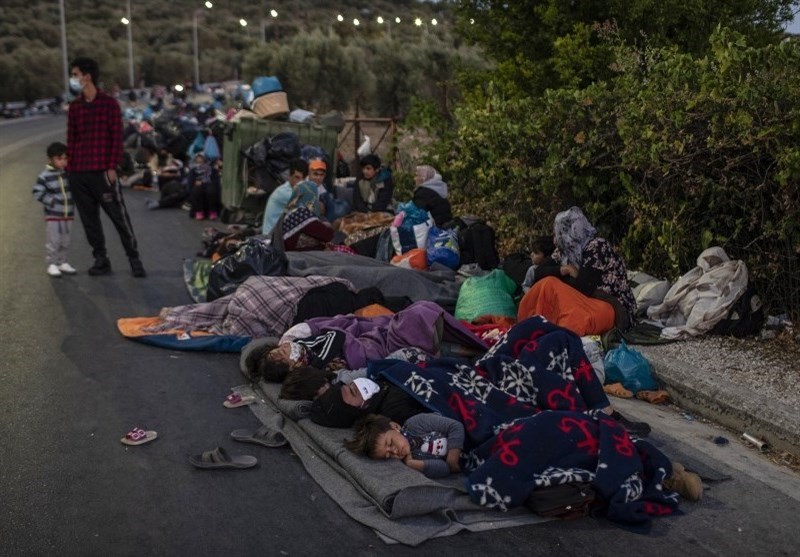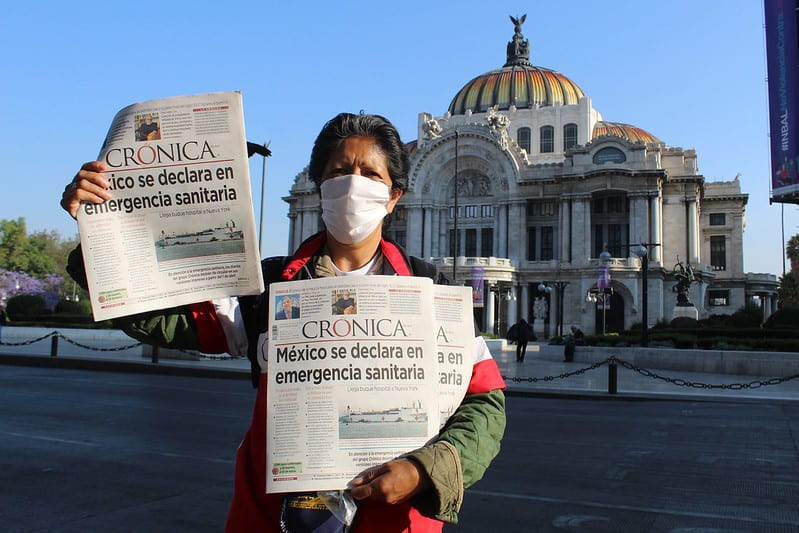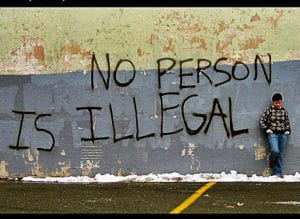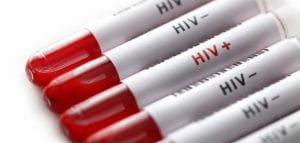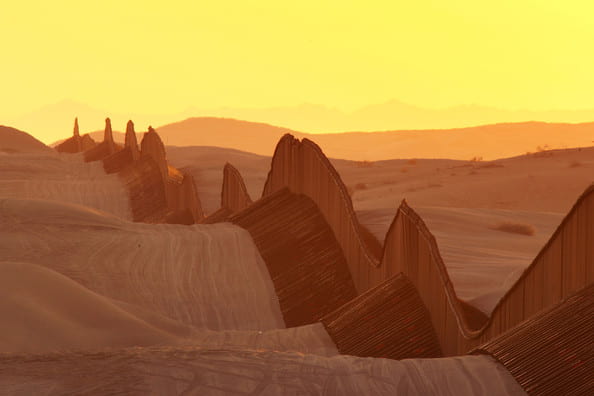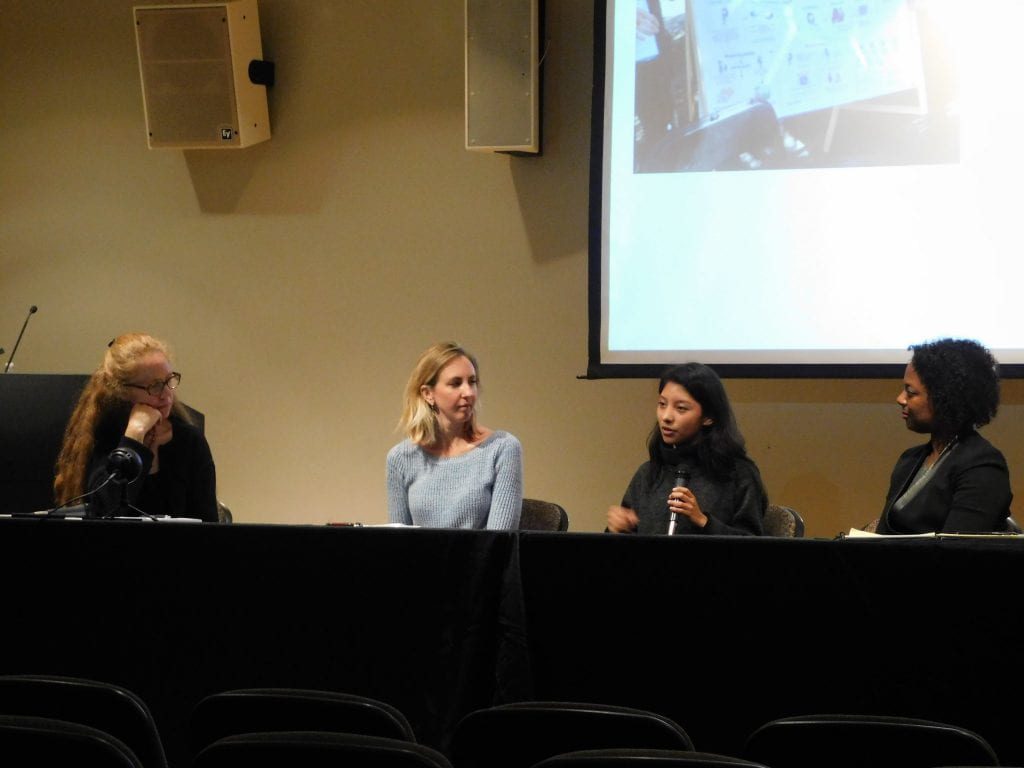by Lexie Woolums
Trigger Warning: This post discusses immigration, including physical barriers for migrants. The article includes a discussion of some drownings and other instances of death.
Broadly speaking, migration is not a new concept. The United States was built by people who were not from here, including people who were forced to come here through enslavement and others who were violently moved against their will through the relocation of indigenous peoples on the Trail of Tears. There have been different waves of immigration, where different crises from around the world prompted people to come to the United States seeking better opportunities.
For example, from 1845 to 1855, around 1.5 million Irish people settled in the United States due to potato blight combined with Britain’s colonial control that forced available crops to be exported out of Ireland. More recently, the US has admitted nearly 300,000 Ukrainians since Russia invaded Ukraine in February 2022. There are many more examples of this, from Italian immigrants moving to the US in search of economic opportunities around the turn of the twentieth century to the influx of Puerto Rican immigrants after World War II due to economic depression in Puerto Rico, cheaper air travel, and job opportunities in the US.
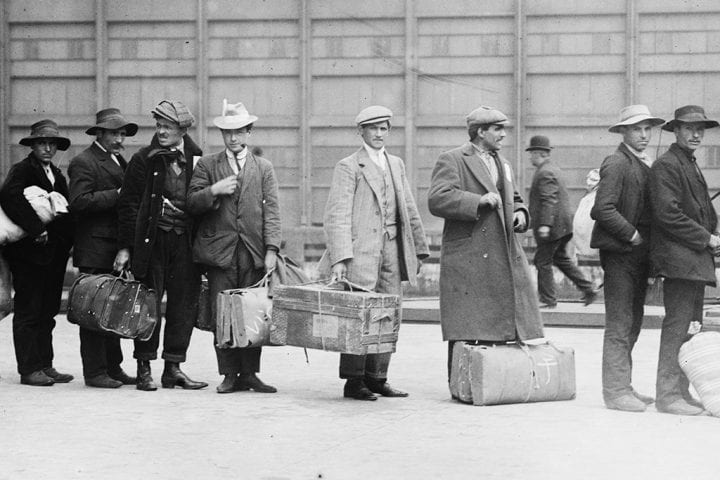
It’s no secret that not all migrants are treated the same—a concept that Danah Dibb previously wrote about on the blog. Additionally, my colleague, Kala Bhattar, wrote an article that discusses two specific scenarios that effectively demonstrate how politicized immigration has become in the US—one with Governor Greg Abbott of Texas sending busloads of migrants to Vice President Harris’s neighborhood and one with Governor Ron Desantis of Florida sending planeloads of migrants to Martha’s Vineyard in Massachusetts—scenarios that in any other context would be considered human trafficking.
Politicization of Immigration in the US
According to a 2023 Gallup poll, the percentage of people who want immigration to decrease peaked in the mid-nineties with 65 percent of Americans against immigration. In a near all-time low, this number was 31 percent in 2018. Today, that percentage lies around 41 percent—an increase from 2018 but much lower than it was at its peak and still a minority of the polled population.
For much of the 1990s, both major political parties shared similar views on immigration (though they may have disagreed on the way to do things), but that started to change around 2006 and has become much wider today. Today a Democrat is twice as likely to share the view that immigrants strengthen the economy compared to a Republican.
Various presidencies have highlighted different aspects of immigration in the United States, but it has become a topic that is far more divisive in the wake of the Trump Administration. Former President Trump’s stance on immigration was well-known and relatively simple—build a wall to prevent illegal immigration. He favored a policy of “busing and dumping” immigrants to states that had pro-immigration policies; additionally, he also made comments about securing the border from “rapists and criminals” despite the fact that first-generation immigrants are predisposed to lower crime rates than native-born Americans. Throughout his presidency, Donald Trump became known to make off-the-cuff remarks—especially about immigration—that were frequently called out for being racist and xenophobic.
As the President of a free country that is as powerful as the United States, having views like this stirred uneasiness across the United States, especially among minority populations. This rhetoric of invasion is not new, but it does fuel extremism and racism.
Operation Lone Star
Republican Governor Greg Abbott of Texas launched Operation Lone Star in March 2021, shortly after President Biden took office. Governor Abbot has sent state troopers and members of the National Guard to the US-Mexico border as a part of the operation. Additionally, the Rio Grande River has been lined with various obstacles, from shipping containers to concertina wire. This is all under what is known as Operation Lone Star, which is a multibillion-dollar operation to mitigate illegal immigration and smuggling at the US-Mexico border. According to the Operation Lone Star website, the agency fills in the Biden Administration’s “dangerous gaps [due to its] refusal to secure the border.” It also regularly buses migrants to sanctuary cities.
Governor Abbott has coined the situation at the US-Mexico Border an “invasion,” which he claims allows him to invoke the invasion clauses in the Texas and US Constitutions. Through this rationale, he has the authority to defend the border through his own policies, even though immigration policy has been under the jurisdiction of the federal government since the 2012 landmark case of United States v Arizona. Human rights advocates have warned of the danger of referring to the border as an invasion since most migrants are seeking to claim refugee legal status and are not attacking the United States in any sense. University of Texas law professor Barabara Hines called this notion of invasion “unprecedented and extreme.” Additionally, Operation Lone Star is under investigation by the Department of Justice to determine if it violates the Civil Rights Act of 1964. More specifically, the department is investigating if the state agency is subjecting individuals to “differential and unlawful conditions of confinement based on their perceived or actual race or national origin.”

The Rio Grande River serves as a natural boundary between the United States and Mexico. Over the summer, national attention was brought to Texas when Governor Abbott announced that the agency would be implementing a 1,000-foot-long string of buoys with serrated blades in between them, with a mesh net that would connect them to below the surface. More specifically, the Texan government stated that they were installing the “new floating marine barriers along the Rio Grande River in Eagle Pass” in an effort to “help deter illegal immigrants attempting to make the dangerous river crossing into Texas.”
Human Rights Concerns
According to the Texas Department of Security, there has been at least one body found caught on the Southern side of the buoys, but they claimed that this body was initially upstream of the floating device and floated into it. Later, the body of a 20-year-old Honduran man was recovered, but it was reportedly upstream of the floating device.
Human rights groups have criticized the floatation device with concerns about humanitarian hazards such as migrants becoming caught in the device or drowning due to its placement. Even without the floatation buoy, crossing the border is extremely dangerous. Even before this barrier was implemented, migrant deaths on the US-Mexico border have hit an all-time high. In the 2022 fiscal year alone, over 800 migrants died trying to cross the US-Mexico border, largely from drownings. This stretch of the border is so dangerous that the United Nations migration agency declared the US-Mexico border as the deadliest land border in the world.
Beyond the buoys, numerous reported human rights concerns with Customs and Border Protection (CBP) exist. According to a 2023 report by WOLA, the Washington Office on Latin America, migrants are frequently treated poorly by CBP, which is the largest law enforcement agency in the US. One of the cases in the report is about an 8-year-old Panamanian girl named Anadith Danay Reyes Alvarez, who died in custody of CBP because she was denied a critical heart medication. Specifically, the report notes that this death was preventable.
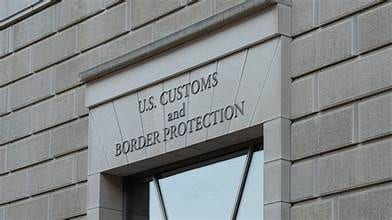
Another issue is that accountability for CBP officers is extremely rare. The same report states, “Most of the cases … would have gone completely unknown without reporting from victims and those, outside of government, who accompany them. That such abuses are happening so frequently at CBP and Border Patrol indicates that the Department of Homeland Security’s (DHS) accountability system has done little to dissuade or disincentivize them.” A 2023 study found that 95 percent of complaints from 2010-2022 did not have a proper investigation.
In addition to the numerous reported concerns of CBP abuses, CBP followed a Congressional policy change in September 2021, which means that the agency only reports the deaths of people who died while in CBP custody. Though this change may not necessarily be bad, it is concerning when there are reports of CBP officers lying to migrants about where to go since this puts them at a higher risk of sickness or death that would not be counted in the CBP reports under the new policy (if the person is no longer in CBP custody when they die).
The US CBP came out with a policy known as “prevention through deterrence” in 1994. This policy sought to block popular crossing spots and push migrants into the dangerous areas of the sea and river crossings. In theory, this would show migrants how dangerous the crossing is so that if they are caught and sent back (which often happens when migrants cross illegally), they would not attempt to cross again. However, it is no secret that this strategy is not effective in reducing the number of crossings. According to an article by the London School of Economics, this approach has not been effective in limiting the number of migrants seeking to enter the US but has increased the number of fatalities.
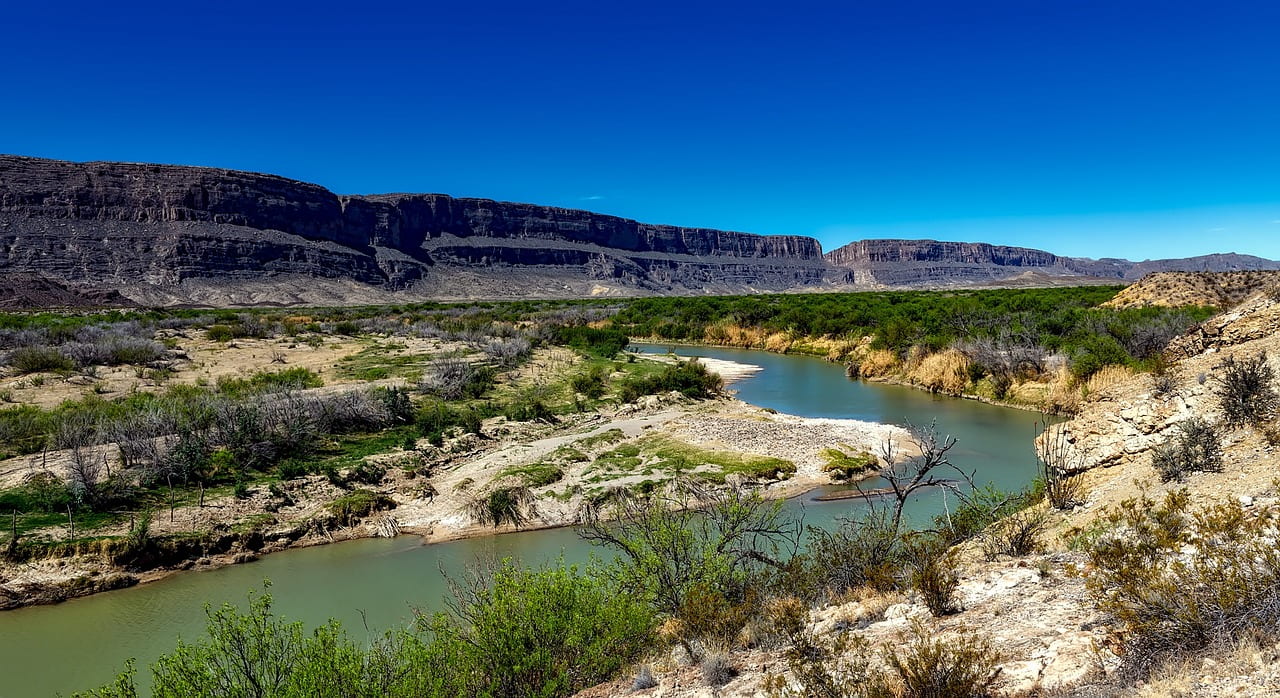
Additionally, the American Civil Liberties Union (ACLU) has condemned Operation Lone Star’s instructions for Texas officials to push young children and nursing mothers back into the Rio Grande. According to the article, Texas uses harmful techniques like razor wire, even after children have been injured and one woman miscarried while stuck in the wire.
Sarah Mehta, ACLU senior border policy counsel, stated, “Texas must immediately stop intentionally endangering the lives of migrants seeking protection at the border. The federal government must also act by investigating these damning allegations and by the Department of Homeland Security decisively ending its own collusion with Operation Lone Star, which has facilitated and encouraged Texas’s expansion of a proven human and civil rights disaster.”
Federal Response
The Biden Administration has criticized this, citing the Rivers and Harbors Appropriation Act of 1899, which prevents the “creation of any obstruction not affirmatively authorized by Congress, to the navigable capacity of any of the waters of the United States.” This act gives the Army Corps of Engineers authority to regulate all navigable waters through permitting. The federal lawsuit against Texas also alleges they did not get a permit from the Army Corps of Engineers before placing the barrier on the river.
The federal government initially asked Texas officials to remove the barriers. Governor Abbott replied in a letter that stated, “Texas will see you in court, Mr. President,” implying that Texas would not remove the buoys without legal action. Subsequently, the Department of Justice sued Texas and asked a judge to make Texas remove the buoys.
US-Mexico border coordinator Hillary Quam expressed concern in an affidavit that accompanied the request to a federal judge to have the barriers removed: “If the barrier is not removed expeditiously, its presence will have an adverse impact on U.S. foreign policy, including our relationship with the government of Mexico.”
The request of the federal government was granted by Federal District Judge David A. Ezra, who ruled that Texas must remove the floating barriers. Legally speaking, he issued a preliminary injunction, which preserves the status quo until final judgment (the final ruling of the court). In essence, this meant that the buoys would need to be removed until the case reached its final court decision. Ezra stated the following in the discussion: “Governor Abbott announced that he was not ‘asking for permission’ for Operation Lone Star, the anti-immigration program under which Texas constructed the floating barrier. Unfortunately for Texas, permission is exactly what federal law requires before installing obstructions in the nation’s navigable waters.”
Governor Abbott’s office appealed this ruling, stating that Texas “is prepared to take this fight all the way to the Supreme Court.” The federal appeals court granted the request to halt the temporary injunction, but a hearing date has not been set, so the floating barrier remains in the Rio Grande until a further decision is made.
Mexican Response
The Mexican government has criticized the placement of these buoys, claiming that the placement is a violation of their sovereignty. More specifically, they have referenced that the presence of these buoys violates the Mexican Water Treaty of 1944.
Regarding the bodies, the Mexican government issued the following statement: “We express our concern about the impact on the human rights and personal safety of migrants that these state policies will have, which run counter to the close collaboration between our country and the federal government of the United States.”
A spokesperson for Governor Abbott claimed that the Mexican government was “flat-out wrong,” stating that neither body was attempting to cross the floating barriers.
Conclusion
It has been over 40 years since Congress reformed the US immigration system. According to the Center for American Progress, putting undocumented immigrants on a path to citizenship would increase the US GDP by $1.7 trillion over the next decade. According to the Pew Research Center, immigrant families are expected to comprise 88 percent of the US population growth through 2065. To say that reform is necessary is an understatement.
As I mentioned at the start of this article, migration is not a new concept. Unfortunately, it has been used as a political pawn in many ways. From the rhetoric of dangerous crime to the mentality that immigrants “take all the jobs,” misunderstanding has been weaponized against groups of people for a long time, and that likely will not change until we learn to be more compassionate and think of better solutions for our broken immigration system.
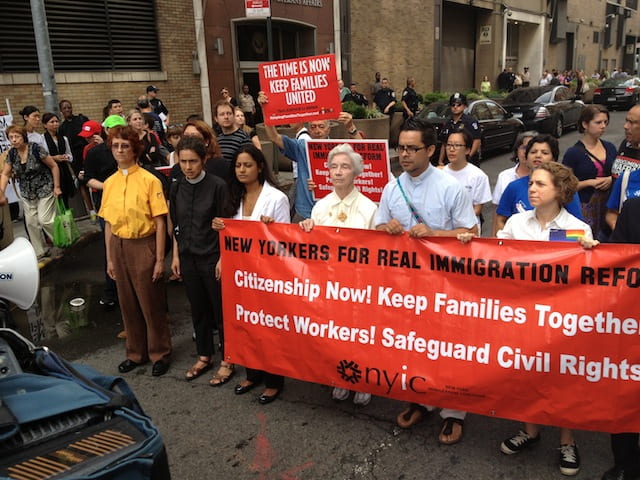
Additionally, it is important to be critical of political officials who weaponize differences and prey on misunderstanding to further their own political agenda. To label such a diverse group as one negative thing that threatens the authority and safety of the United States is not only racist and xenophobic, but it undermines the value of the diverse groups of people who built this country (including the people who were forced to migrate to and build this country, whose impact often goes unrecognized even today). This portrayal minimizes the value of people with diverse experiences and limits the discussion of how crucial immigrants have been and continue to be in the US.
It is also imperative to recognize how slavery, forced assimilation, and genocide have both formed the social hierarchy we have today and continue to perpetuate racism, especially in the context of immigration. If you have not heard of the concept of “passport privilege” (including simply having a passport) or the connotative distinction between the words immigrant and expatriate or expat (not just their dictionary definitions), I highly recommend learning these concepts. It is important to examine where you fit within them, and which preconceived (perhaps racist) notions you might carry about a person based on job, skin color, accent, religion, or anything else.
Society will not change unless individual people change, so even if there is limited direct political action to take as of right now, there is still a lot of room to grow your understanding of these concepts so that racist institutions can be better understood and effectively dismantled.
